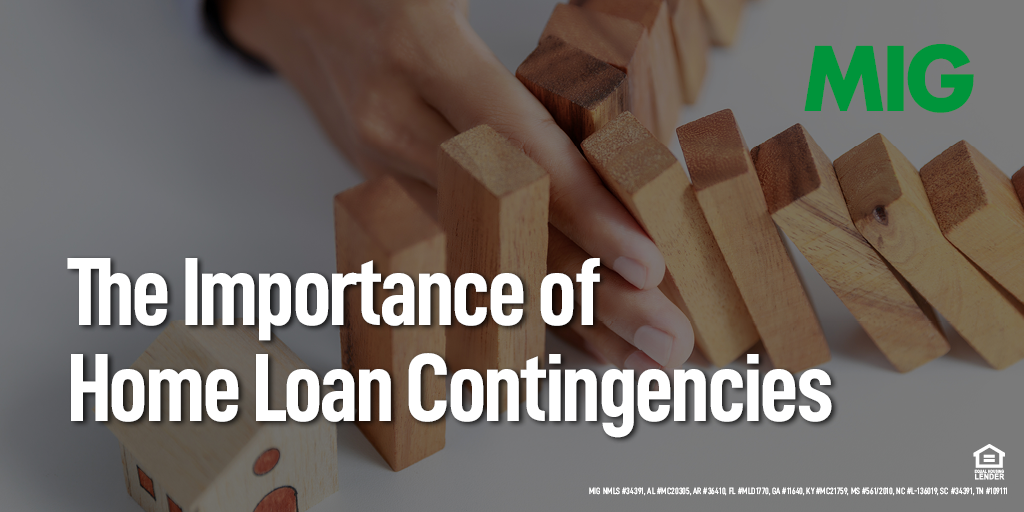
Negotiating for the home you want to buy can be stressful. That’s why it’s important to understand every facet of the process. One of the key points you will need to know about are home loan contingencies. Let’s talk about what we mean by that term, the most common types of contingencies, and the pros and cons contingencies pose to the buyers and sellers of the property.

What Is a Home Loan Contingency?
During the negotiation process, sellers may ask for a condition to be met before they are willing to move forward with the sale of their home. This is a contingency. They are common aspects of homebuying and selling. Buyers may agree to meet the contingency, they may counter-offer, or they may refuse the contingency altogether.
Types of Contingencies
There are several contingencies that may occur during the homebuying negotiation. Some of the most common ones:
- Inspection contingency: The buyer will purchase the home if the inspection is acceptable.
- Home selling contingency: The deal hinges on the buyer’s ability to sell their current home. (Use our mortgage calculator to see how much home you can afford). This will be included in the preapproval letter.
- Appraisal contingency: The home must appraise at a certain amount for the buyer to get the mortgage loan.
- Financing contingency: The deal rests on the buyer being able to secure financing to cover the home price.
Pros and Cons of Contingencies for the Buyer and Seller
For the buyer, the advantage of a contingency is that it protects them. Getting items repaired that show up during the home inspection or giving them breathing room to sell their home before they are on the hook for a mortgage payment on the new home can work out well.
Do you have additional questions about specific contingencies, or just want to talk about the homebuying process in general? Our team will be happy to consult with you.
![Mortgage Investors Group in [Dynamic1]](../assets/images/mortgage-investors-group.svg)


